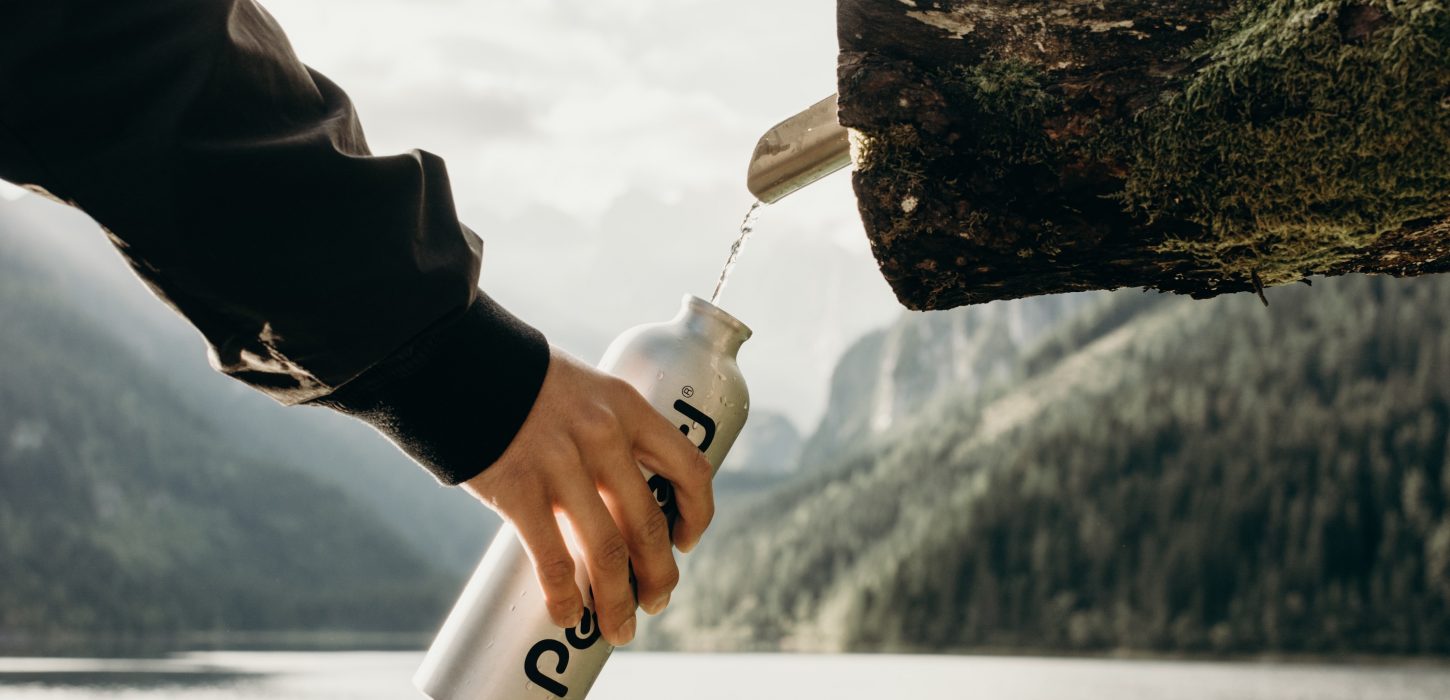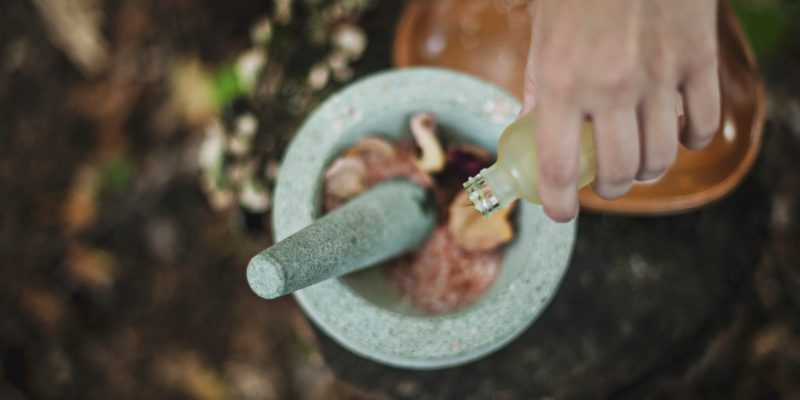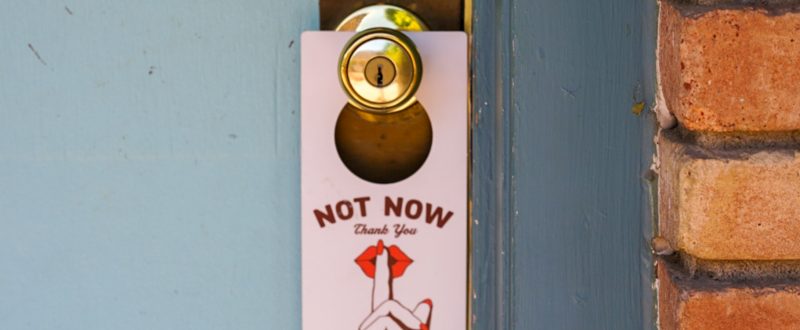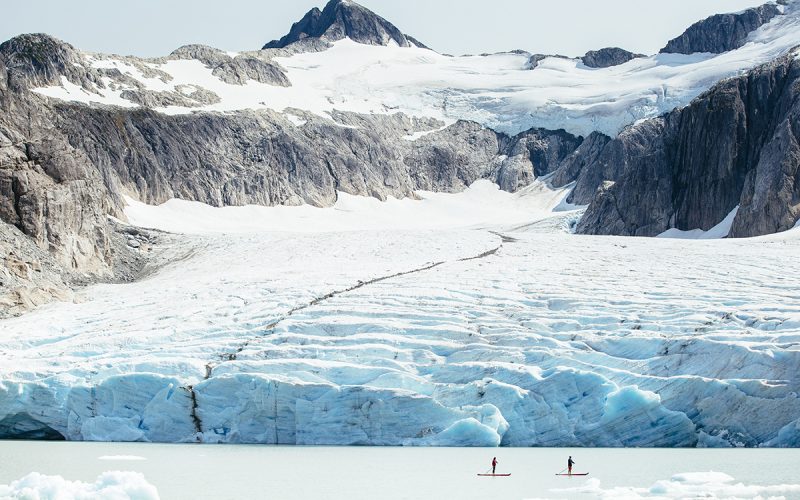5 way to reduce your water footprint while travelling

We all love to indulge on a refreshing swim in a hotel’s swimming pool or sit in a lush garden on a hot summer’s day.
But where does the water come from?
Often pick tourist seasons put considerable strain on local infrastructure and water can be diverted from much needed domestic and agricultural use for tourism. Just consider that some places such as the Aeolian Islands, the location of our +host Principe di Salina, rely on a daily delivery of water from mainland Italy. The BBC has actually published a list of cities that are most likely to run out of water, amongst them places such as São Paulo, Beijing, Cairo, Moscow, Istanbul and Mexico City.
And to top it all up, as visitors, our daily consumption of water can be up to 4-6 times higher than at home. Scary, indeed!
So here are 5 tips on how to be a water conscious traveller and shrink your water footprint.
1. Drink filtered & tap water
Bringing along your water bottle on a trip is not just a fashion statement or a trend. There is a real reason behind it. It actually takes 3 times as much water to produce a 1l of bottled water. Tap and filtered water is becoming increasingly available and some places, such as our +hosts Hotel Eiger, over an unlimited supply of fresh mountain water straight from their tap. For tip of how to get safe tap water read our article of TAP WATER ON THE GO.
2. Eat plant based, locally sourced & seasonal food
Did you know that globally about 70% of fresh water is used for agriculture? In the case of travel “water requirements to support tourist diets are in the order of up to 5,000l per tourist per day” according to the Global Water Forum.
So why local and seasonal food? Simple, these are just the varieties that are best suited for a particular climate. Anything grown outside particular climate conditions is very water intensive, i.e. exotic out of season fruit and veg. Also consider that the higher in the food chain and the more processed food is the higher its water footprint is. The Water Footprint Calculator, has some great tips on how to shrink your food water footprint.
3. Consider if you need a shower or a bath
Picture yourself coming back from the beach covered in sand and salt or finishing off a nice day of skiing and feeling a bit chilly. Would you have a shower or a bath? Here is what you need to know. The average 8 minute shower uses about 62 litres of hot water while a bath 80 litres, and a power shower may use up to 136 litres. While indulging of a relaxing bath may be part of a travel experience choose whether you need a shower or a bath and now long or short it should be.
4. Use the Don’t disturb sign & Keep your dirty laundry to yourself
Do you clean your house daily? Most likely not. You have the choice to decide how often you want to have your room cleaned and bedsheets and towels changes. You should bear in mind that each time you have you room cleaned it can take up to 50-100 liters of water. So, keep that Don’t Disturb Sign on the door and tell your host you do not need your room cleaned daily. Also keep you dirty laundry to yourself, unless you have a washing machine full load to give. For hygiene reasons the items from each room are washed separately.
5. Select wisely where you stay and what you do
There is an increasing number hotels, resorts and other accommodation time doing great things to save water and use it wisely, read our article on BEHIND THE SCENES, The Magic Our +hosts for with Water. Also think about the leisure activities you choose. For instance, a golf course may require tons of water to keep green, not to mention the toxic chemicals that go into the ground and eventually intergroup water sources. Same goes for cruise ships. Each year they literally dump millions of tons of waste and sewage into the sea.





